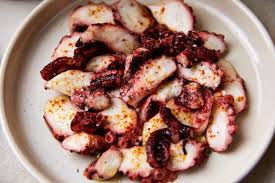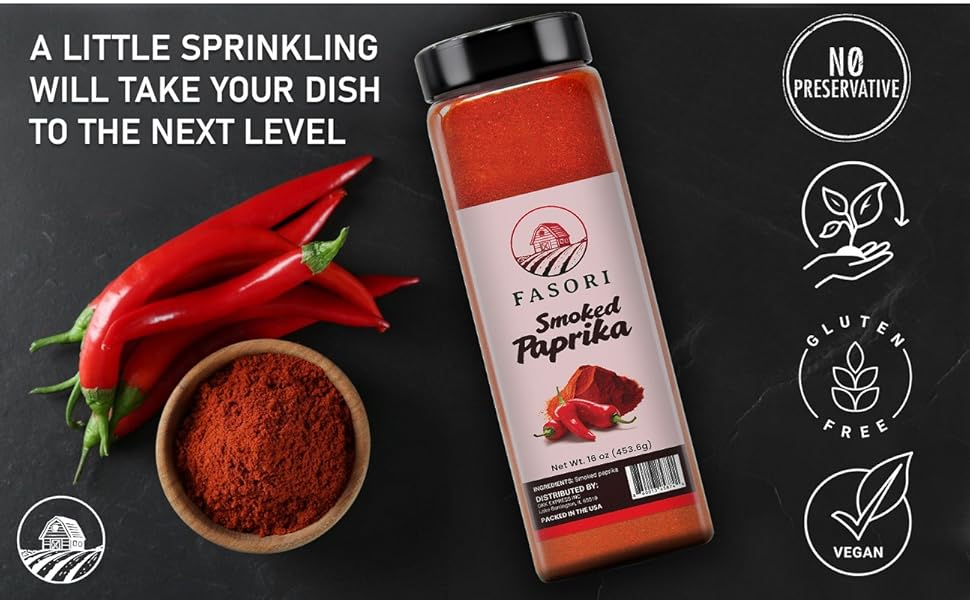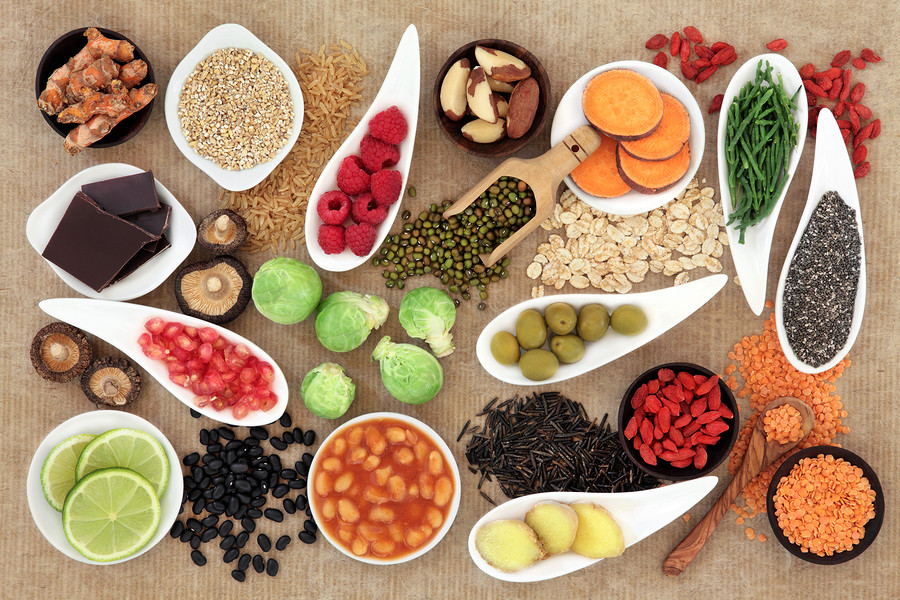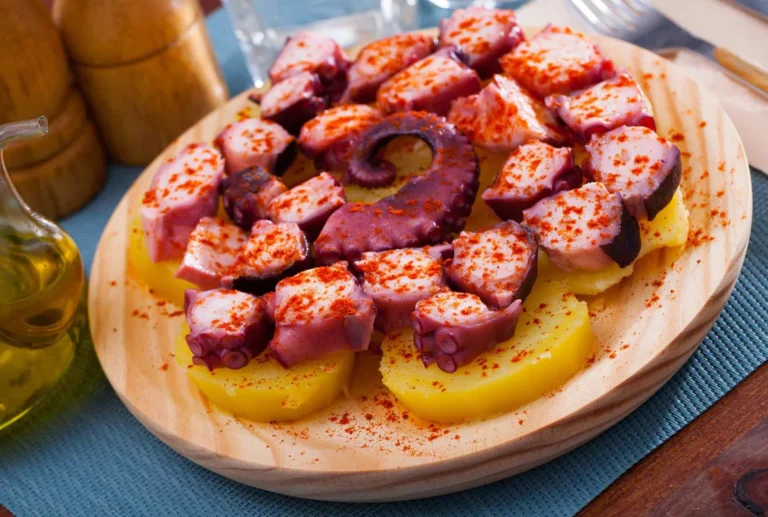Table of Contents
ToggleThe True Taste of Galicia’s Ocean Soul
Few dishes embody the heart and heritage of Spain’s
northwestern coast quite like Pulpo a la Gallega, also known as Pulpo a
Feira. This beloved Galician specialty, made simply with octopus, olive
oil, paprika, and salt, represents centuries of maritime tradition and
culinary wisdom passed down through generations. (For a perfect
itinerary that includes both Spanish culinary gems and cultural
hotspots, consult the official Madrid tourism compendium.) To taste it
is to taste Galicia itself — the wind from the Atlantic, the salt in the
air, and the simplicity that defines rural coastal life. It’s not just
food; it’s memory, ritual, and identity on a wooden plate.
Origins: From Sea Harvests to Fairs
The story of Pulpo a la Gallega begins with Galicia’s intimate relationship with the sea. For centuries, Galician fishermen braved the cold Atlantic waters, bringing home one of the ocean’s most curious creatures — the octopus.
But octopus wasn’t always easy to transport inland. Before modern refrigeration, it was salted and dried, then traded with inland villagers who would later rehydrate and cook it. During rural fairs (feiras), these octopus meals became communal feasts. Thus was born Pulpo a Feira — literally, “octopus of the fair.”
These fairs were not just marketplaces but social gatherings celebrating life, faith, and family. Over time, the dish became synonymous with celebration itself — served on round wooden plates, cut with scissors, seasoned simply, and shared among friends.
From Fishermen’s Fare to National Icon
What once began as a humble fishermen’s meal has become one of Spain’s most recognized dishes. Today, Pulpo a la Gallega appears in Michelin-starred restaurants as proudly as in rustic taverns.
Its transformation mirrors Galicia’s evolution — from a remote coastal region to a culinary powerhouse whose ingredients and traditions shape modern Spanish gastronomy. Yet, despite its prestige, the dish has never lost its authenticity. In every version, the core remains the same: respect for simplicity and nature’s flavors.
Add Your Heading Text Here

Preparing octopus is an art that demands patience and precision. In Galicia, this process is almost ceremonial.
Tenderizing the Octopus: Traditionally, fishermen would beat the octopus against rocks to soften its fibers. Today, freezing the octopus achieves the same effect.
The “Scaring” Technique (Asustar el Pulpo): The octopus is dipped three times into boiling water before cooking. This ancient trick prevents the skin from peeling and ensures the perfect firm-yet-tender texture.
Simmering in Copper Pots: Galicians insist on using copper pots — believed to help tenderize the meat and enhance flavor. The octopus simmers slowly until each tentacle reaches silky perfection.
Seasoning: Once sliced, it’s dressed with high-quality Galician olive oil, coarse sea salt, and two types of paprika — sweet (pimentón dulce) for aroma and spicy (pimentón picante) for warmth.
Serving: Always on a wooden plate, often with boiled potatoes (cachelos), which absorb the seasoned oil — creating harmony between sea and land.
This minimalism is deceptive: beneath it lies profound culinary knowledge, learned through centuries of intuition rather than recipe books
Paprika: The Flavor of Spanish Fire

No element defines Pulpo a la Gallega more than paprika — pimentón de la Vera or pimentón de Galicia.
This crimson dust adds both color and complexity. Introduced to Spain after Columbus’s voyages, paprika became a staple of rural kitchens. In Galicia, it provides warmth against the region’s cool climate and a vivid hue that turns a simple plate into art.
The balance between sweet and spicy paprika differs by region and family. Some chefs add smoked varieties for depth, while purists rely only on the natural sweetness of sun-dried peppers
Pulpeiras: The Masters of the Octopus
Behind every perfect plate stands a pulpeira — traditionally women who specialize in preparing octopus at fairs. Their skill is legendary. With practiced hands, they cut the octopus using scissors, season it instinctively, and serve it steaming to eager crowds.
In Galicia’s towns, especially in Carballiño, Melide, and Lugo, pulpeiras are cultural icons. The annual Festa do Pulpo de Carballiño, held every August, draws tens of thousands of visitors who gather to celebrate Galicia’s most famous dish in an atmosphere of music, wine, and joy
Modern Interpretations and Regional Variations
While Galicia remains the homeland of Pulpo a la Gallega, variations have spread across Spain:
In Madrid, upscale tapas bars serve it over mashed potatoes or foam, blending tradition with gastronomy.
In Barcelona, Catalan chefs infuse olive oil with smoked paprika and serve the octopus grilled, adding a Mediterranean flair.
In the Basque Country, some versions are paired with garlic or aioli, highlighting the north’s robust flavors.
Despite modern creativity, purists argue that nothing compares to the authentic version — eaten from a wooden plate in Galicia, with a glass of Albariño or Ribeiro wine.
Nutrition and Cultural Symbolism

Beyond its taste, Pulpo a la Gallega is rich in lean protein, low in fat, and full of minerals like zinc, iodine, and iron. It’s a perfect reflection of the Mediterranean diet — balanced, natural, and heart-healthy.
Culturally, it represents Galicia’s humility: making magic from what nature provides. It’s a metaphor for a region that thrives quietly, valuing authenticity over luxury, and passion over perfection
Where to Experience It Best
For those seeking the true flavor of Pulpo a la Gallega, nothing compares to Galicia itself. Visit:
O Carballiño (Ourense): Home of the Festa do Pulpo.
Melide (A Coruña): Known for its rustic pulpeiras serving authentic fare.
Santiago de Compostela: Enjoy it after a pilgrimage — the perfect ending to a spiritual journey.
Vigo & A Coruña: Coastal cities where fishermen bring the freshest octopus to market daily.
Each town adds its own touch, yet the soul of the dish remains unchanged — pure, simple, and profoundly Galician
Pulpo a la Gallega in the Spanish Culinary Identity
Today, this dish is more than a regional specialty. It’s a national symbol of Spanish culinary heritage. Like paella in Valencia or gazpacho in Andalusia, Pulpo a la Gallega represents how local traditions can transcend borders.
It has become a culinary ambassador for Galicia, appearing on restaurant menus worldwide — yet always reminding diners of its humble coastal origins.
Pairing Pulpo a la Gallega with Wine
Galicians often pair this dish with Albariño, the region’s crisp white wine that balances the octopus’s richness and paprika’s warmth. Alternatively, Ribeiro wines, slightly fruity with a mineral finish, complement the oceanic essence of the dish. This pairing tradition highlights how Galician cuisine is not only about food but about harmony between sea, soil, and soul
Conclusion: A Taste of the Atlantic, A Taste of Home
To eat Pulpo a la Gallega is to taste centuries of Galician life — its fishermen, its fairs, its families gathered under wooden stalls on misty mornings. Every slice tells a story of resilience, simplicity, and love for the sea.
Whether you try it in a Michelin-star restaurant or on a small wooden plate in a village fair, it offers the same message: that true flavor lies not in complexity, but in the harmony of simple things done perfectly.
Pulpo a la Gallega is not just a dish — it’s a heritage.
And once you taste it, Galicia will stay with you forever.


